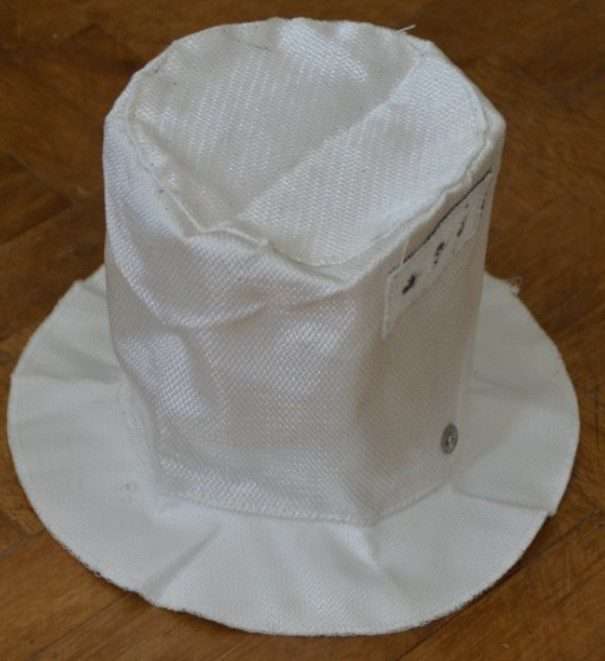Lighting is a significant feature in any residential or commercial establishment, and downlights are among the most sought-after options for contemporary interiors. What most people fail to notice, however, is the fact that unprotected downlights can pose a highly real danger to safety. That is where fire hoods take center stage.
Fire hoods are designed to protect downlights and help prevent fire from spreading through ceilings. This article will explore how fire hoods work, why they are important, and how they contribute to overall fire safety.
What Are Fire Hoods?
Fire hoods are single fireproof covers put over downlights to contain and slow the fire spread in the event of an emergency. Because downlights involve holes cut into ceilings, the holes compromise the building’s fire resistance. Fire hoods preserve fire integrity by sealing such openings so that fires cannot travel through the ceiling cavity.
How Fire Hoods Protect Downlights:
1. Preserving Fire Resistance in Ceilings
The ceiling’s fire resistance is lost and a hole has been created to take a downlight. Fire hoods constitute a fire barrier, so if there were fire, it would not easily find its way through these openings to the higher room. The above maintenance ensures that the inhabitants get extra time to escape from the fire in safety by keeping the fire trapped inside.
2. Reducing Overheating and Fire Danger
Downlights generate heat, and in the absence of correct ventilation or covering, they can present a fire risk. Fire hoods contain the localized heat around the light fitting, eliminating overheating that might cause surrounding insulation or ceiling material to catch alight. By reducing the potential for overheating, fire hoods render lighting installations much safer.
3. Avoidance of the Dispersal of Toxic Fumes and Smoke
When they are burnt, smoke and poisonous fumes are as lethal as fire itself. Fire hoods protect areas around downlights to prevent smoke from seeping into other areas of a building. Opening gaps slows the release of toxic gases, allowing escapees to see and smell air better.
Why Fire Hoods are Necessary in Fire Safety?
1. Compliance with Building Regulations
UK fire codes of regulation mandate that ceilings should possess some amount of fire resistance, especially when used in tall buildings. Any cuts to achieve downlights disqualify this type of resistance and the utilization of fire hoods satisfies this required criterion. Fire hoods will ensure your home or business has the required regulatory fire safety level while lowering possible liabilities during a fire outbreak.
2. Protection of Home and Business
No matter if it’s a family home, office, or working space, fire safety is never to be overlooked. Fire hoods protect by preventing small fires from escalating into huge disasters. Safety is particularly important in places with a higher likelihood of a fire, for example, kitchens, sitting rooms, or working spaces with complex electrical fittings.
3. Increased Safety for People
These flames can travel exceedingly fast, particularly over open spaces such as roofing and ceiling space. Fire hoods slow the activity down, providing the building occupants or laborers with that little bit extra time to act and evacuate to safety. The delay could very well be what separates life and death in case of a tragedy, providing firefighters with a higher opportunity of inhibiting the blaze from spreading too far before continuing its activity.
Selecting the Right Fire Hood for Your Downlights
All fire hoods are not equal, so make sure to select one that complies with the appropriate safety standards. Consider the following when selecting a fire hood:
Fire Rating: Choose fire hoods that are a minimum of 30, 60, or 90 minutes fire-resistant, depending on your ceiling’s fire rating.
Material: Use high-quality, fire-resistant material to make the fire hood.
Size and Fit: Select a fire hood that will fit tightly over your downlights without restricting performance.
Ventilation Characteristics: Some fire hoods provide for greater airflow to avoid overheating.
Fire Hood Installation: Everything You Need to Know
Installing Fire Hoods: What You Need to Know
Installing fire hoods is not exactly difficult, but always have someone who knows what they are doing if you are unsure. Installation typically involves:
- Turning the power off for safety during the handling of electrical fittings.
- Positioning the fire hood over the downlight, such that it fully encompasses the fixture.
- Clamping the fire hood into position securely, to be flush with the ceiling.
- Checking the light fitting to determine that ventilation and operation are not hindered.
For commercial building large-scale or multi-story building installations, it would be recommended that a fire protection expert checks the installation to ascertain compliance with regulations.
Fire hoods are a small yet crucial investment in fire safety. By protecting downlights and preventing the spread of fire, they help to maintain the integrity of your ceilings and provide valuable extra time in the event of an emergency. Whether you’re a homeowner, landlord, or business owner, ensuring your downlights are properly protected with fire hoods is an essential step toward a safer building.
If you’re installing new downlights or upgrading your fire safety measures, consider adding fire hoods as part of your protection plan. It’s a simple yet effective way to improve fire resistance and keep your property and occupants safe.

